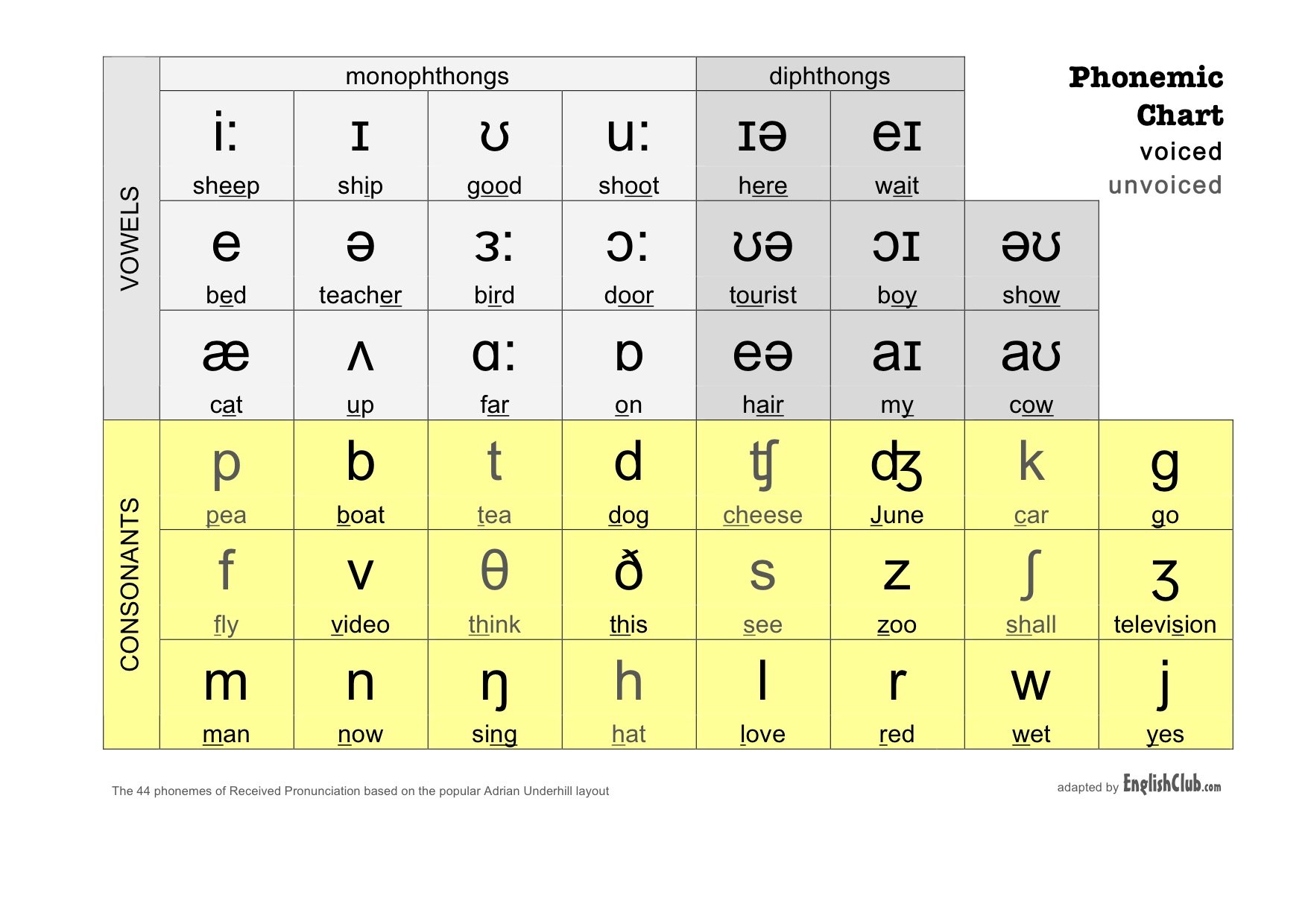#TESL0120
I remember the schwa /ə/ from some language class in the distant past as the pronunciation of the letter 'e' that English speakers use when they get a little lazy and don't quite make it to the 'e' in 'bed. I don't equate it with how I pronounce the 'er' at the end of "teacher", which is the example given by EnglishClub.com (2018) in their Phonemic Chart. I attribute this difference to the chart being based on British English associated with the accent of southern England. To me, it is the vowel sound I use for "the" or the second 'e' in "television".
Imagine my surprise when I was confronted by 43 more of these odd looking symbols that I will have to learn and be prepared to use in teaching English pronunciation. Of course it isn't actually as bad as that. Seventeen of them (e, p, b, t, d, k, g, f, v, s, z, m, n, h, l, r, w) are letters of the English alphabet that I already associate with their assigned phonemes. One is an upper case version (I) that requires attention to the font. Four of the consonants are intuitive ( ʃ, __ʧ, ʤ), and three of them I recognize from other alphabets that are familiar to me (ð - used in Icelandic , θ - greek, used in math, j - also used in Icelandic with the given pronunciation of the 'y' in "yes"). Remaining are about seventeen vowel phonemes whose symbols will take time for me to make sense of.
Learning these symbols, most of which are altered versions of familiar alphabet shapes, will be a challenge, but the process will give me further insight into what my future students will face.
Resources:
EnglishClub.com (2018), Phoneme Chart, [printable image], retrieved from https://www.englishclub.com/images/pronunciation/Phonemic-Chart.jpg

No comments:
Post a Comment